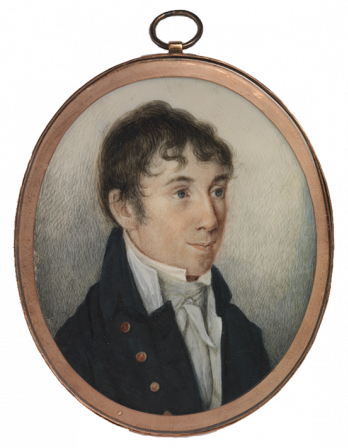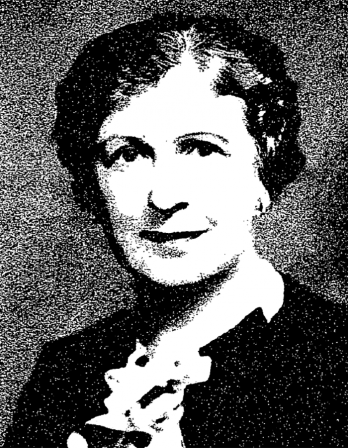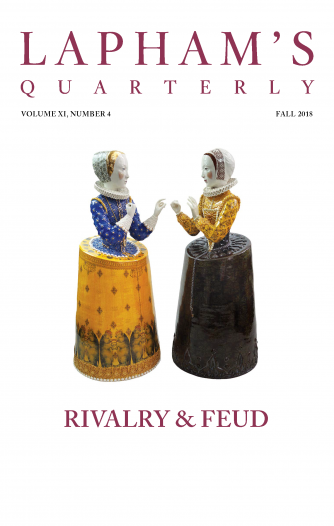Everything has a simple basis: the oak has its acorn. Our self-imposed task is thus to seek out the simple: to find broad explanations, satisfying solutions, reliable answers to those questions which affect the health and growth of that democracy under whose banner we live and hope. So we shall use our metaphysics and our philosophy in just this sense. They are to be our tools; we are to use them; they are not to burden us. For these processes mean, essentially, that in using the focusing powers of the mind, the extension of vision, the unseen becomes for us the tangible, the unusual becomes the obvious, the uncommon becomes the familiar, and the subjective becomes the objective.
If you put an acorn in the ground, that acorn, containing the function oak, will seek the form oak and, in the process of time, will become an oak tree. So if I say that a certain function, aspirant democracy, is seeking a certain form of expression, democratic architecture, and will surely find it, I am making a statement that does not differ in essence from what I said concerning the acorn. It is as simple, as natural, as matter-of-fact. Now, I have no patience with those teachers who are more concerned in impressing their academic wealth upon the student than they are in exhibiting to him the simple basis of architectural phenomena and in making that basic principle clear and manageable. I am not tolerant of that aristocratic spirit which misdirects American youth in its search for knowledge—and would seek to impose upon it those formulas of learning and attitudes of mind toward learning that have descended to us from times when education was for the “gentleman”—for the few, for a class; that “education” which separates one from his people by the violence of its badge of alienation and uselessness. Yet this is what our schools of architecture are doing at this day. They are inculcating the meretricious in their pseudo-explanations of the architectural art, and with pedantic persistency, they ignore the natural, the obvious. To be sure, you may say they teach as they have been taught. In a limited measure, that is true. Yet evasion cannot absolve them from performance; and plain performance means to teach in a thoroughgoing way. If they persist in teaching what is unintelligent, they cannot hope to escape an eventual accounting. The statements set forth in their school prospectuses are, many of them, sophistical. If these sophistries are due to mental laziness, because these schools will not seek the truth, do not want to know the truth, do not wish to have the truth pointed out to them, then are they doubly reprehensible. Now, these documents are crafty in the use of phrases, specious in argument, plausible in explanation. But all the plausibilities combined cannot explain away the ineptitude. We need brains in our architectural schools! We need men of large hearts, luminous minds, rich sympathies; men who can grasp the significance of youth, the social value of democracy and of creative art.
Yet there is a larger test by which these schools may be tested: it is a broad fact, as broad and plain as the land, that in many other departments of education, teachers have made positive strides in advance. They have been animated in their work by enthusiasm, by devotion, by love; and their noble and earnest effort is bearing daily fruit. These teachers look upon teaching as an art to which they willingly devote their lives. The study of the child, the study of the young has been pursued by them with intelligence and devotion; and the kindergarten has brought bloom to the mind of many a child: and all this is the result of a growing philosophy of education. But there is, alas, no architectural kindergarten—a garden of the heart wherein the simple, obvious truths, the truths that any child might consent to, are brought fresh to the faculties and are held to be good because they are true and real.
From Kindergarten Chats. In 1872, at age sixteen, Sullivan matriculated at the Massachusetts Institute of Technology. He left after his first year to work in a Philadelphia architectural firm, and in 1874 he sailed to Paris to study at the École des Beaux-Arts, again leaving after a year. The essays published in Kindergarten Chats—so named for their elementary subjects—were first serialized in Interstate Architect and Builder magazine in 1901. Their purpose, Sullivan later wrote, was to foster in the reader “natural, spontaneous powers which had been submerged and ignored during his academic training.”
Back to Issue





